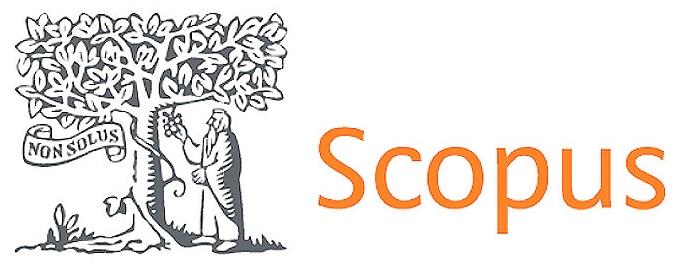Exploration of Scientific Documents through Unsupervised Learning-Based Segmentation Techniques
DOI:
https://doi.org/10.56294/mw202468Keywords:
Document Clustering, Information Retrieval, K-Means, CAH, DBSCANAbstract
Navigating the extensive landscape of scientific literature presents a significant challenge, prompting the development of innovative methodologies for efficient exploration. Our study introduces a pioneering approach for unsupervised segmentation, aimed at revealing thematic trends within articles and enhancing the accessibility of scientific knowledge. Leveraging three prominent clustering algorithms—K-Means, Hierarchical Agglomerative, and DBSCAN—we demonstrate their proficiency in generating meaningful clusters, validated through assessment metrics including Silhouette Score, Calinski-Harabasz Index, and Davies-Bouldin Index. Methodologically, comprehensive web scraping of scientific databases, coupled with thorough data cleaning and preprocessing, forms the foundation of our approach. The efficacy of our methodology in accurately identifying scientific domains and uncovering interdisciplinary connections underscores its potential to revolutionize the exploration of scientific publications. Future endeavors will further explore alternative unsupervised algorithms and extend the methodology to diverse data sources, fostering continuous innovation in scientific knowledge organization
References
1. Afzali, M., & Kumar, S. (2019). Text Document Clustering : Issues and Challenges. International Conference on Machine Learning, Big Data, Cloud and Parallel Computing (COMITCon), 263‑268. https://doi.org/10.1109/COMITCon.2019.8862247
2. Cozzolino, I., & Ferraro, M. (2022). Document clustering. Wiley Interdisciplinary Reviews: Computational Statistics, 14. https://doi.org/10.1002/wics.1588
3. Mishra, S., Saini, N., Saha, S., & Bhattacharyya, P. (2022). Scientific document summarization in multi-objective clustering framework. Applied Intelligence, 52, 1‑24. https://doi.org/10.1007/s10489-021-02376-5
4. Jalal, A., & Ali, B. (2021). Text documents clustering using data mining techniques. International Journal of Electrical and Computer Engineering, 11, 664‑670. https://doi.org/10.11591/ijece.v11i1.pp664-670
5. Kim, S.-W., & Gil, J.-M. (2019). Research paper classification systems based on TF-IDF and LDA schemes. Human-centric Computing and Information Sciences, 9. https://doi.org/10.1186/s13673-019-0192-7
6. Wang, S., & Koopman, R. (2017). Clustering articles based on semantic similarity. Scientometrics, 111(2), 1017‑1031.
7. Shetty, P., & Singh, S. (2021). Hierarchical Clustering : A Survey. International Journal of Applied Research, 7, 178‑181. https://doi.org/10.22271/allresearch.2021.v7.i4c.8484
8. Karim, R., Beyan, O., Zappa, A., Costa, I., Rebholz-Schuhman, D., Cochez, M., & Decker, S. (2020). Deep learning-based clustering approaches for bioinformatics. Briefings in bioinformatics, 22. https://doi.org/10.1093/bib/bbz170
9. Ikotun, A., Ezugwu, A., Abualigah, L., Abuhaija, B., & Heming, J. (2022). K-means Clustering Algorithms : A Comprehensive Review, Variants Analysis, and Advances in the Era of Big Data. Information Sciences, 622. https://doi.org/10.1016/j.ins.2022.11.139
10. Lubis, R., Huang, J.-P., Wang, P.-C., Khoifin, K., Elvina, Y., & Kusumaningtyas, D. (2023). Agglomerative Hierarchical Clustering (AHC) Method for Data Mining Sales Product Clustering. Building of Informatics, Technology and Science (BITS), Volume 5, 285‑294. https://doi.org/10.47065/bits.v5i1.3569
11. Bushra, A., & Yi, G. (2021). Comparative Analysis Review of Pioneering DBSCAN and Successive Density-Based Clustering Algorithms. IEEE Access, PP, 1‑1. https://doi.org/10.1109/ACCESS.2021.3089036
Published
Issue
Section
License
Copyright (c) 2024 Mohamed Cherradi , Anass El Haddadi (Author)

This work is licensed under a Creative Commons Attribution 4.0 International License.
The article is distributed under the Creative Commons Attribution 4.0 License. Unless otherwise stated, associated published material is distributed under the same licence.






